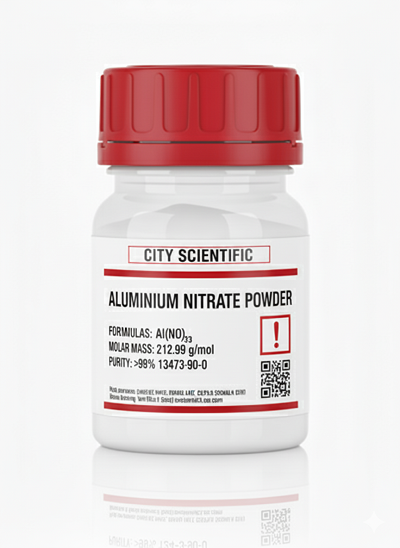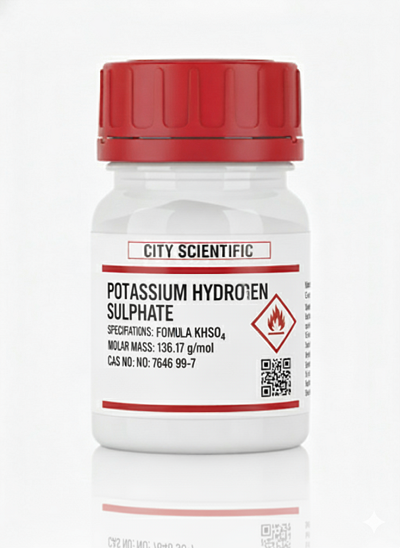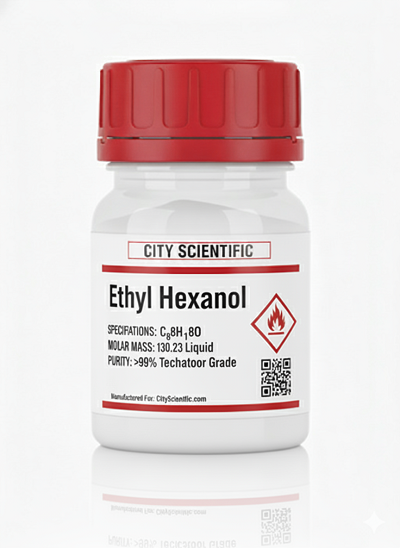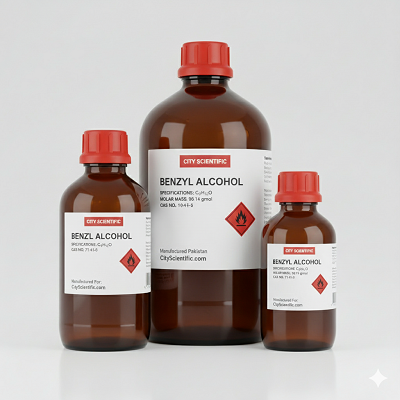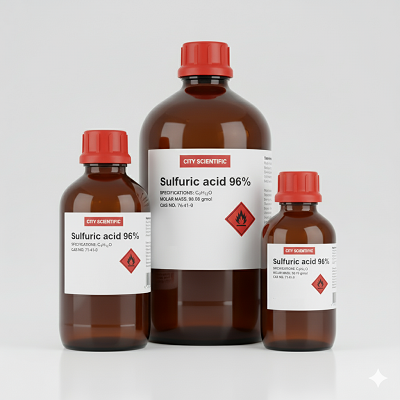Absolutely. Here is a concise, clean specification for Copper(II) Sulfate with no external links:
🔹 Copper(II) Sulfate – Short Specs
Chemical Name: Copper(II) sulfate
Common Forms:
- Pentahydrate (CuSO₄·5H₂O) – bright blue crystals
- Anhydrous (CuSO₄) – white to gray powder
Molecular Weight:
- Pentahydrate: ~249.7 g/mol
- Anhydrous: ~159.6 g/mol
Appearance:
- Vivid blue crystals (the famous “laboratory sapphire”)
- Odorless, crystalline solid
Solubility:
- Readily soluble in water, forming blue solutions
Purity:
- Laboratory/analytical grade typically ≥ 98–99%
Melting Behavior:
- Pentahydrate loses water starting around 100 °C
- Converts to anhydrous form before full decomposition
Hazards:
- Harmful if swallowed or inhaled
- Toxic to aquatic life
- Use gloves and avoid dust exposure
Uses:
- Analytical reagent (Benedict’s, Fehling’s solutions)
- Electroplating, fungicides, algicides
- Agriculture and dyeing applications


